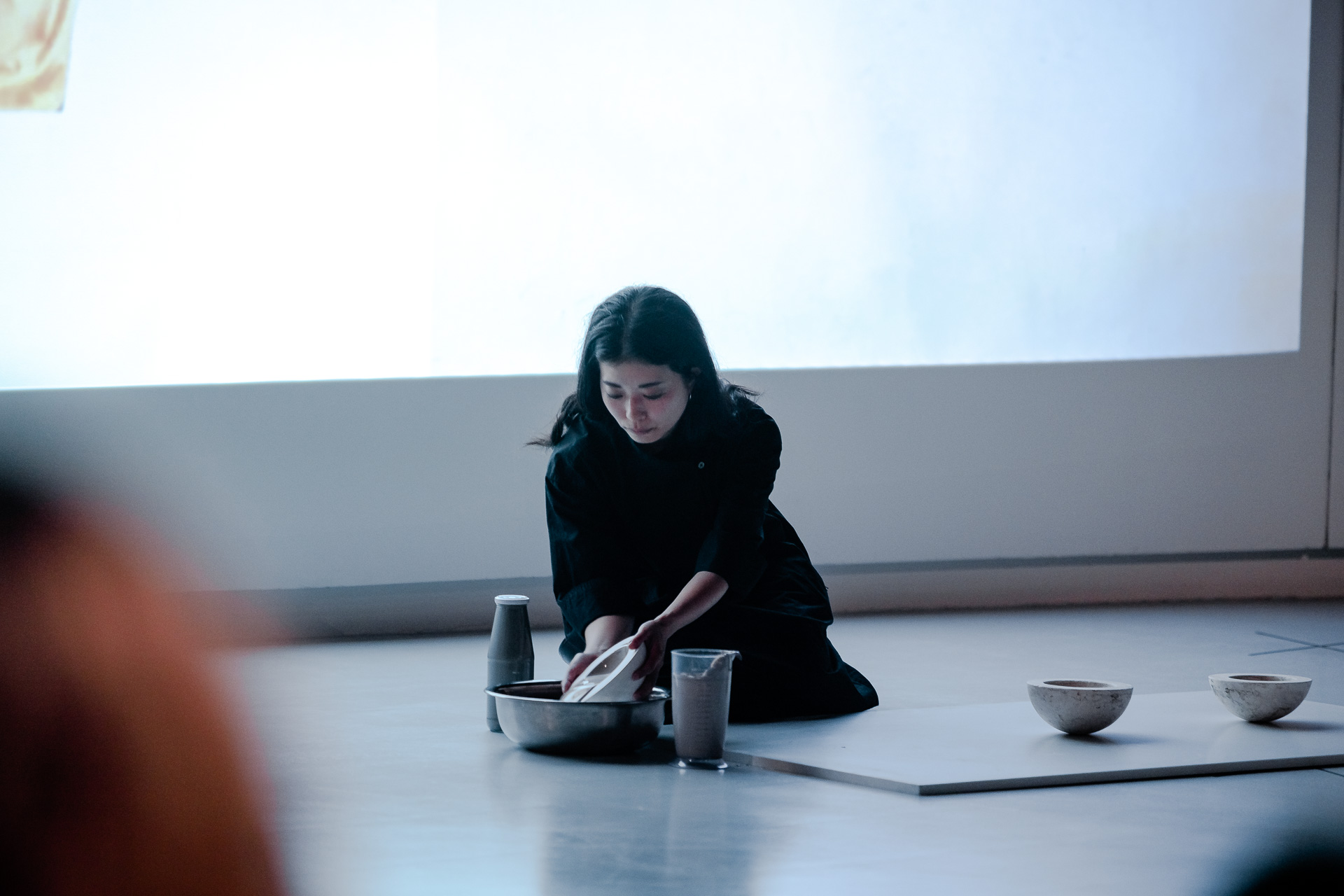


As a human standing on the edge of the water, it is easy to probe this turbidity through visible change and register the darker murkier qualities from this stand point. Instruments such as a nephelometer would detect the how much light reaches the detector through the water. These tools represent how these changing landscapes are sensed.
The project developed into an exploration into how this turbidity could be sensed and what the sensors would be. This thought also began to try to contextualize the turbidity within the conflict between human activity and sea through the lens of a non human, a being closer to the sea scape than a human and a bio indicator of water quality, a mussel. Taking queues from the filtration of the mussel and using the materiality of the marine clay as a way to sense, the sensor took shape from traditional clay forming techniques of slip casting. The usual approach of the porous plaster walls taking the moisture out of slip to industrially producing vessels of clay, would become a device to absorb the sea water showing the turbidity no longer as just the color of the water but captured as layers of sediment.



Above : Stills from moving image for ‘Sensing turbidity’
Below : Performance and display at MAAT in Lisbon, Portugal